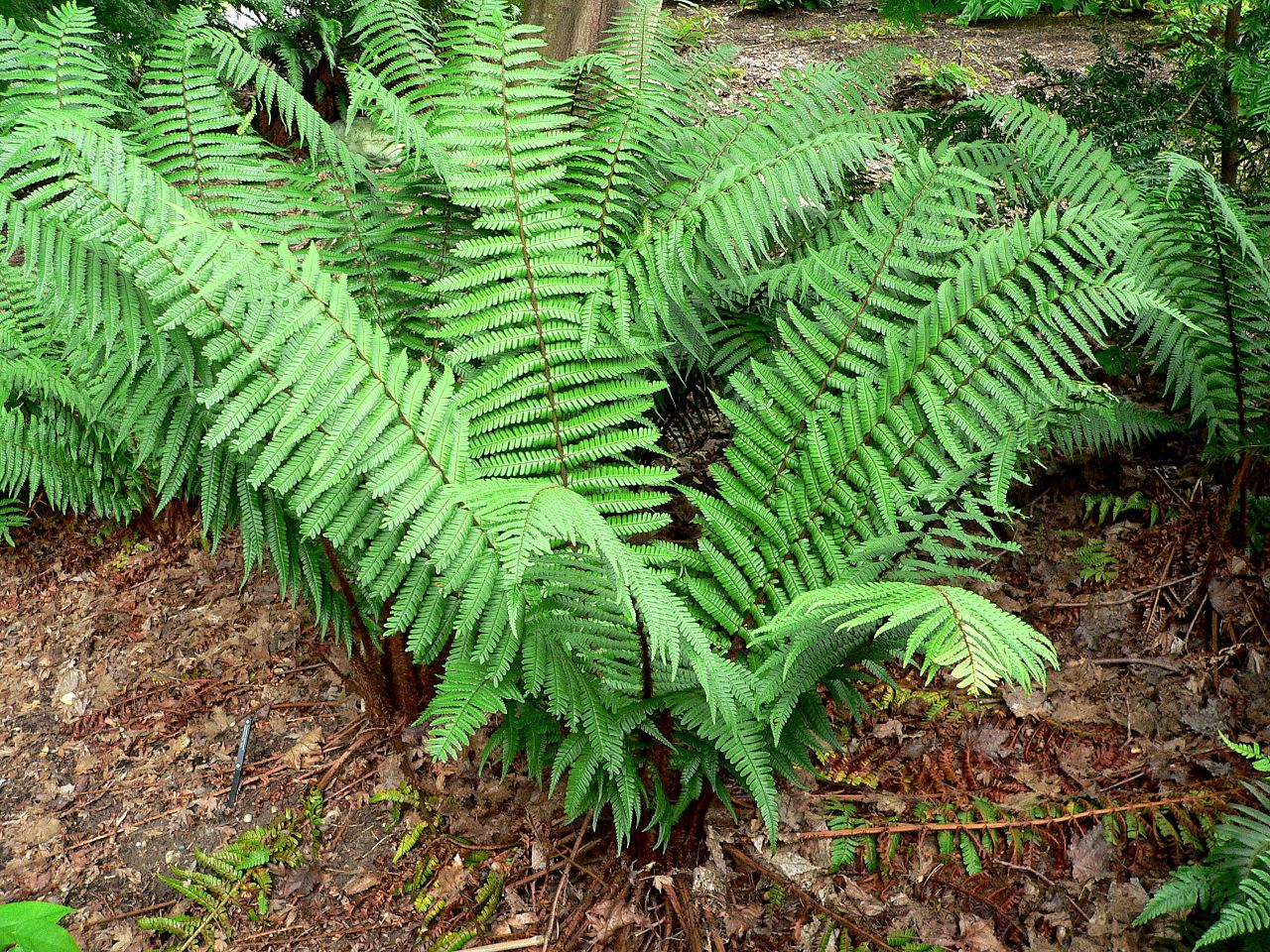
Image - Wikimedia / Stan Shebs
Ferns are one of the plants that were used the most and are used today to decorate homes as well as gardens, and of all those that exist today, the dryopteris They are the most grateful, as well as precious.
Because it is not necessary for a plant to have a trunk or flowers, not even colored leaves, to beautify any corner, this genus of ferns is a real wonder. And if you don't believe me, take a look at the pictures while you learn all about its maintenance.
Origin and characteristics of the Dryopteris
It is a genus made up of about 250 species of rhizomatous ferns originating from Asia, especially from the east of the continent. They have a short, robust rhizome, which creeps forming a crown from which fasciculate, pinnate fronds (leaves) sprout, with glabrous or glandular pinnae, usually green in color. The sori are usually obicular, and the spores are ellipsoidal.
In habitat, and even if you have several in a garden, it is common for them to hybridize. In fact, many species of Dryopteris have formed this way, by hybridization.
Main species
The best known are:
Dryopteris aemula
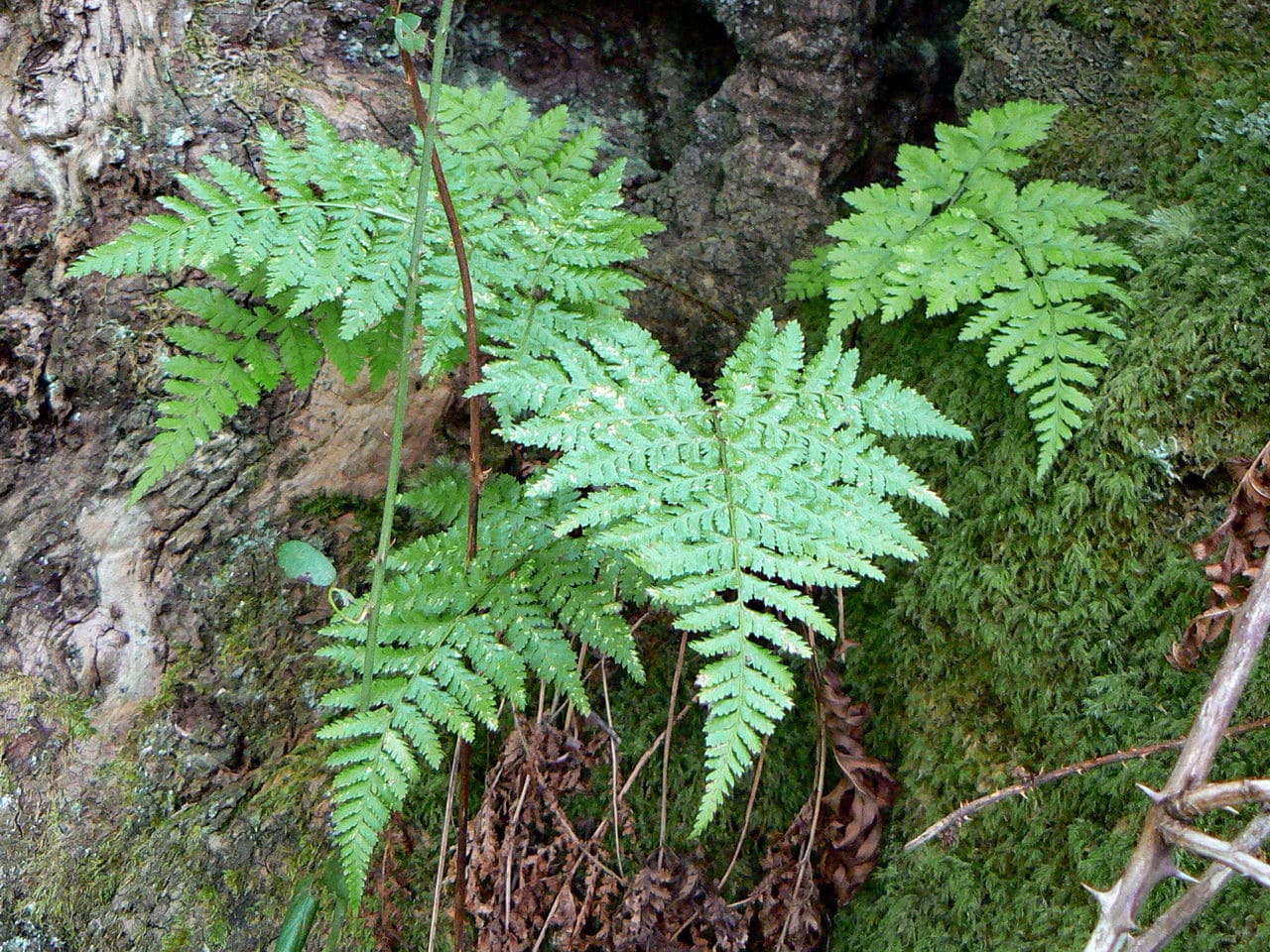
Image - Wikimedia / Johan N
It is a fern native to the Atlantic coast of Western Europe known as the hay-scented fern. It develops tri-pinnate fronds (leaves), with a triangular-ovate or triangular-lanceolate shape, of pale greenish yellow color with a length of 15 to 60 centimeters.
It partially loses its foliage in winter, making it semi-evergreen.
Dryopteris affinis
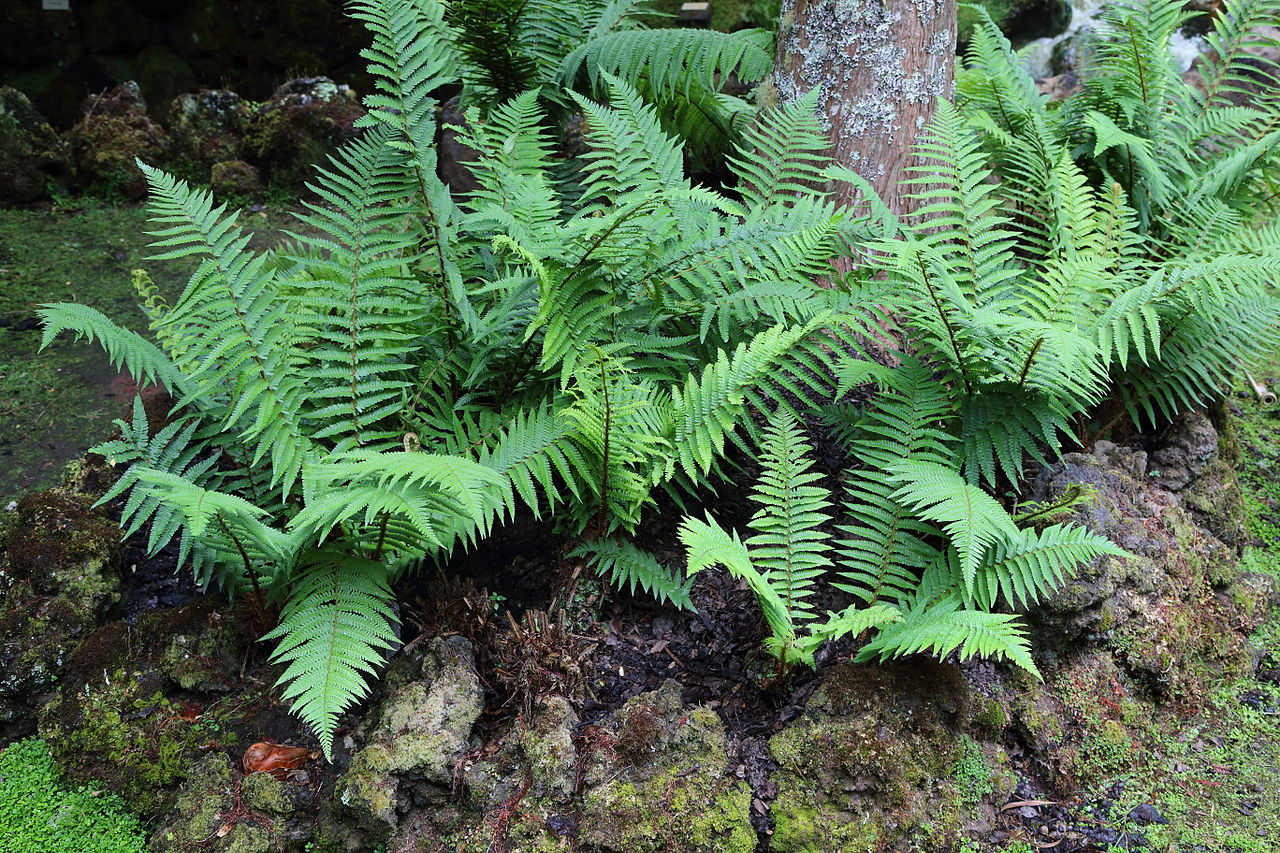
Image - Wikimedia / CT Johansson
It is a species native to western and southern Europe, as well as southwestern Asia, known as the male false fern. Develops bipinnate fronds between 35 and 130 centimeters in length, Green color.
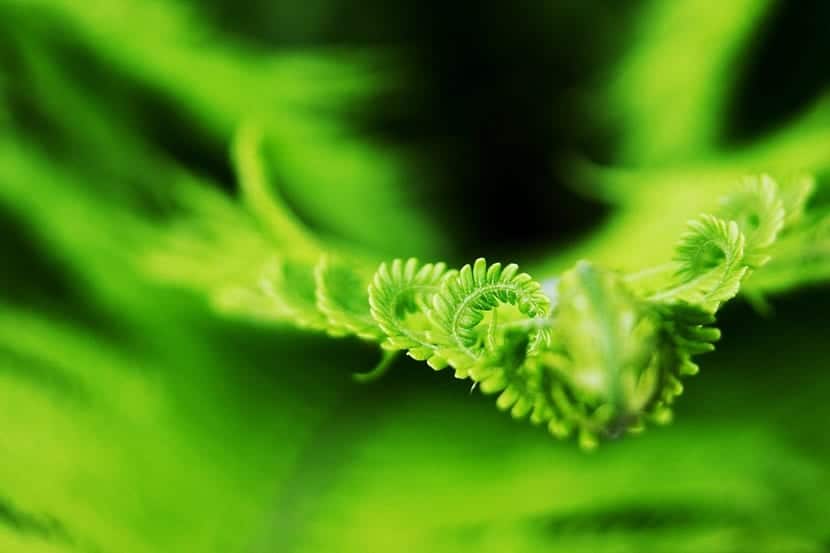
Dryopteris dilatata
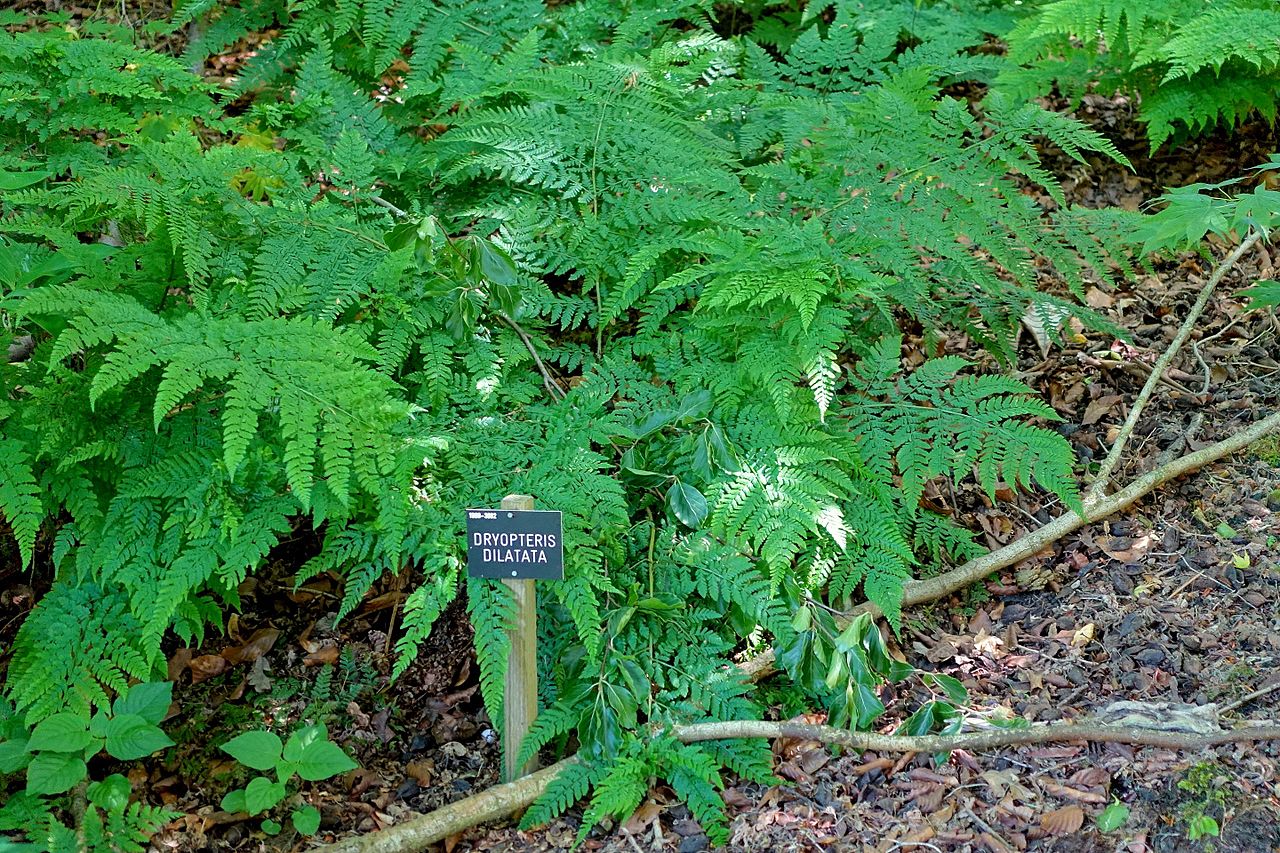
It is a fern native to Europe, Turkey, the Caucasus and northern Iran, which develops tri-pinnate fronds with a triangular-lanceolate shape, of a somewhat shiny dark green color. between 10 and 150 centimeters in length.
Dryopteris fern-mas
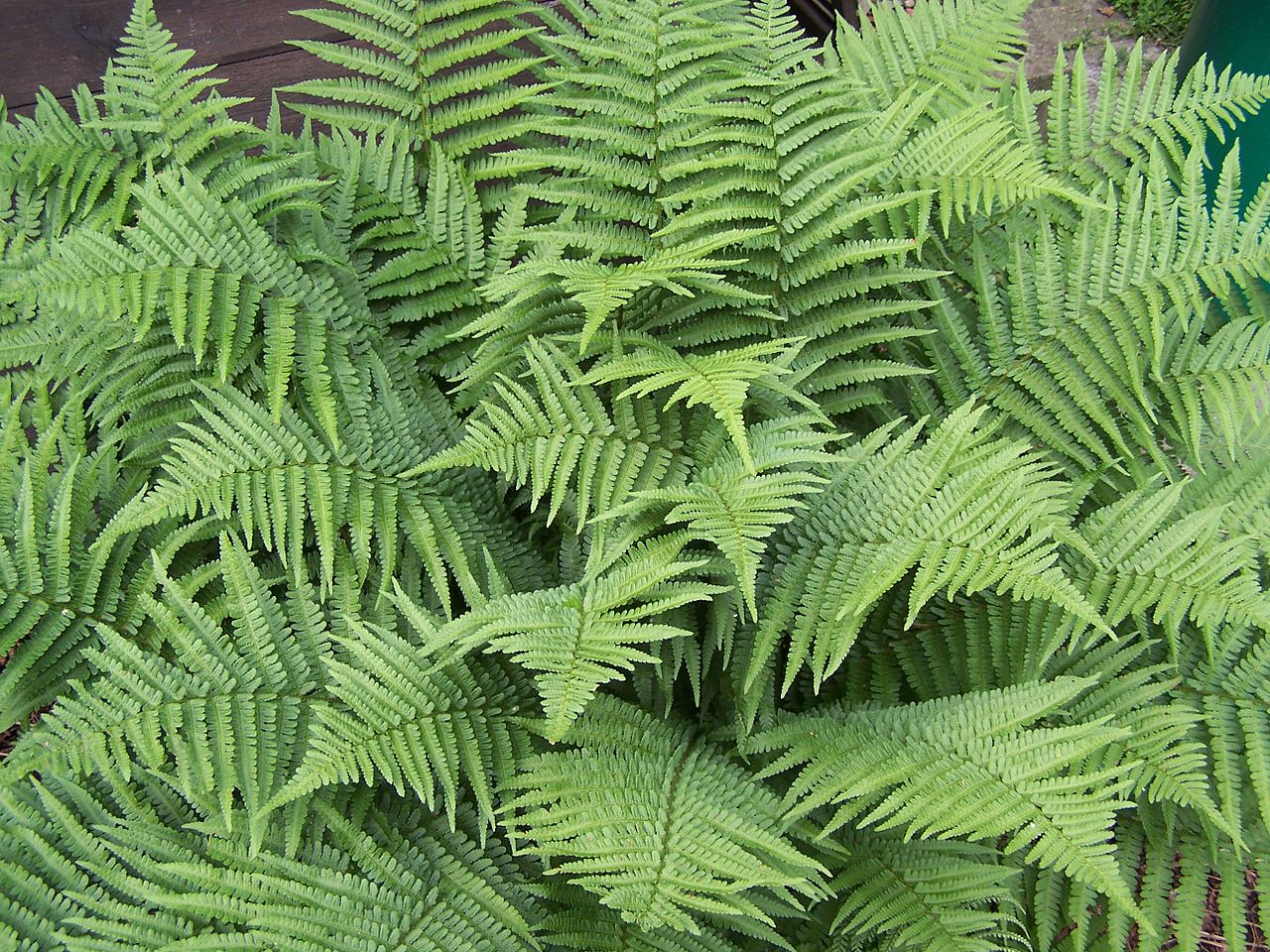
Image - Wikimedia / Valérie75
It is a species native to Europe, Asia and North America known as the common male fern or dentabron. Develops pinnate fronds up to 150 centimeters in length, Green color.
Dryopteris guanchica
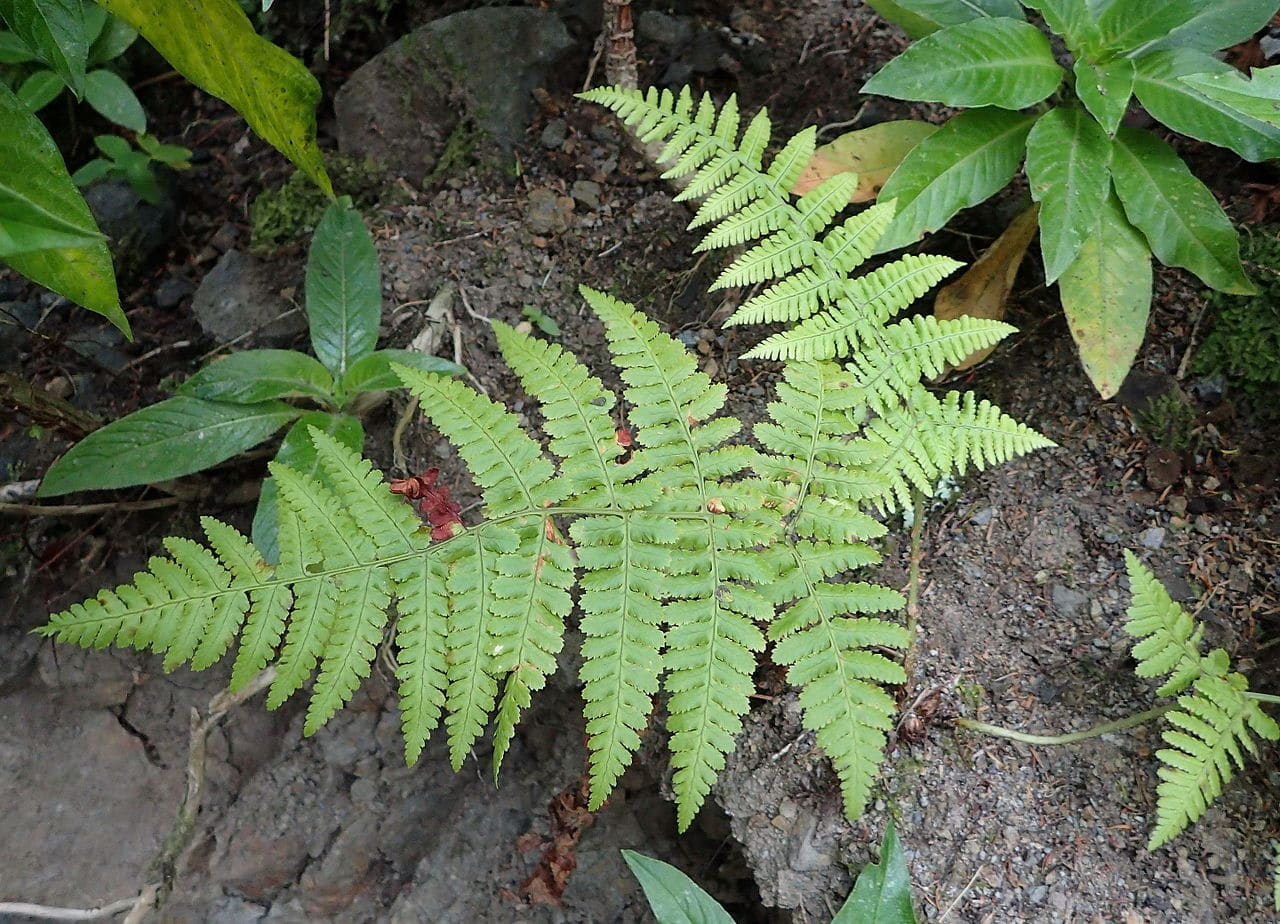
Image - Wikimedia / Krzysztof Ziarnek, Kenraiz
It is a fern native to Europe, which develops tri-pinnate fronds up to 150 centimeters in length, with a triangular-lanceolate shape.
What are the care they need?
If you would like to have a Dryopteris in your home, either at home or outside, we recommend that you provide it with the following care:
Location
- Body exterior:: they are plants that must be in semi-shade, being able to live in shade (not total. For example, they will live without problems under trees, but not in a corner where no light reaches any).
- Interior: as they are ferns that withstand the cold quite well, they are ideal for growing at the entrance of houses, interior patios, and the like. The only thing you have to bear in mind is that it must be away from drafts, and that the humidity must be high (this is achieved with a humidifier, or by placing containers with water around the Dryopteris).
Earth
It depends on where you are going to grow it:
- Garden: in general, they prefer acid soils, with good drainage.
- Flower pot: it is advisable to fill it with substrate for acidic plants mixed with 30% of perlite, arlite, or the like.
Irrigation
Moderate to frequent, but without reaching excesses. One of the most common mistakes in growing ferns is thinking that you have to water them almost as if they were aquatic plants, which is not the case. It is true that they want high humidity, but if their roots are in permanent contact with water they will rot.
That is why, apart from making sure that the soil in the garden or the substrate that is going to be used to grow it in a pot is able to absorb and filter the water quickly, it is necessary to water an average of 3 times a week during the summer and somewhat less the rest of the year. Use rainwater or lime-free.
If you have it in a pot, you can put a plate under it during the summer season if you have it outside, but it is not advisable to put anything in it if it is indoors, since the substrate takes longer to dry, and if the plate is always with water we will rot it.
Subscriber
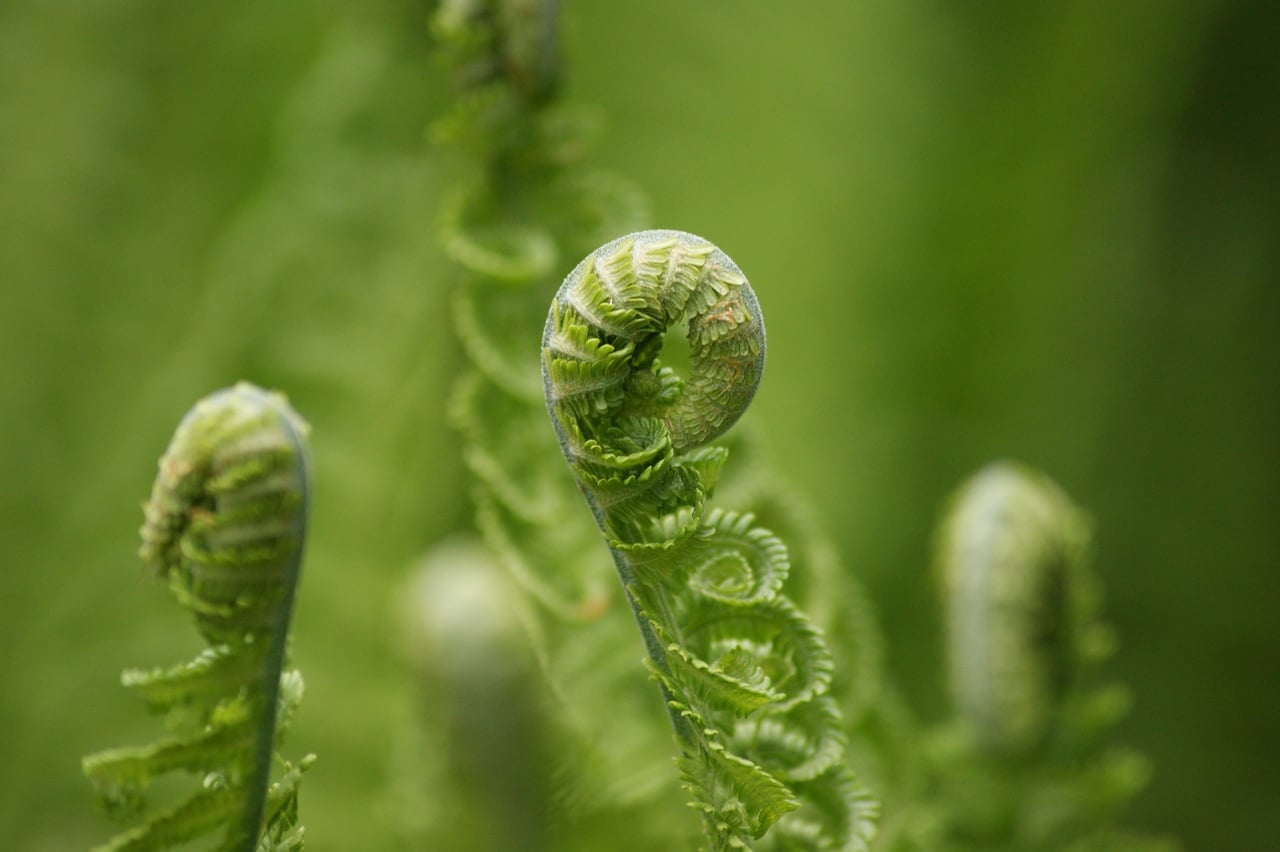
It is advisable to fertilize Dryopteris with organic products in spring and summer. A biweekly or monthly contribution of guano, compost or mulch, will make the plant grow with strength and vigor.
Planting or transplanting time
You can plant it in the garden or change it pot in spring, when the frosts have passed.
Plagues and diseases
Dryopteris are quite resistant, but in dry and warm environments it is common to see some cochineal on its fronds, or Red spider. As they are relatively small plants, these pests are well removed with a brush soaked in pharmacy rubbing alcohol.
And if overwatered, the mushrooms they can kill them. So if you see that the fronds turn black quickly, and / or if the substrate or soil begins to look green, do not hesitate to treat it with fungicide.
Rusticity
It depends on the species, but in general they resist cold and frost for up to -5ºC.
What did you think of the Dryopteris?
I would like you to inform which is the most convenient substrate.